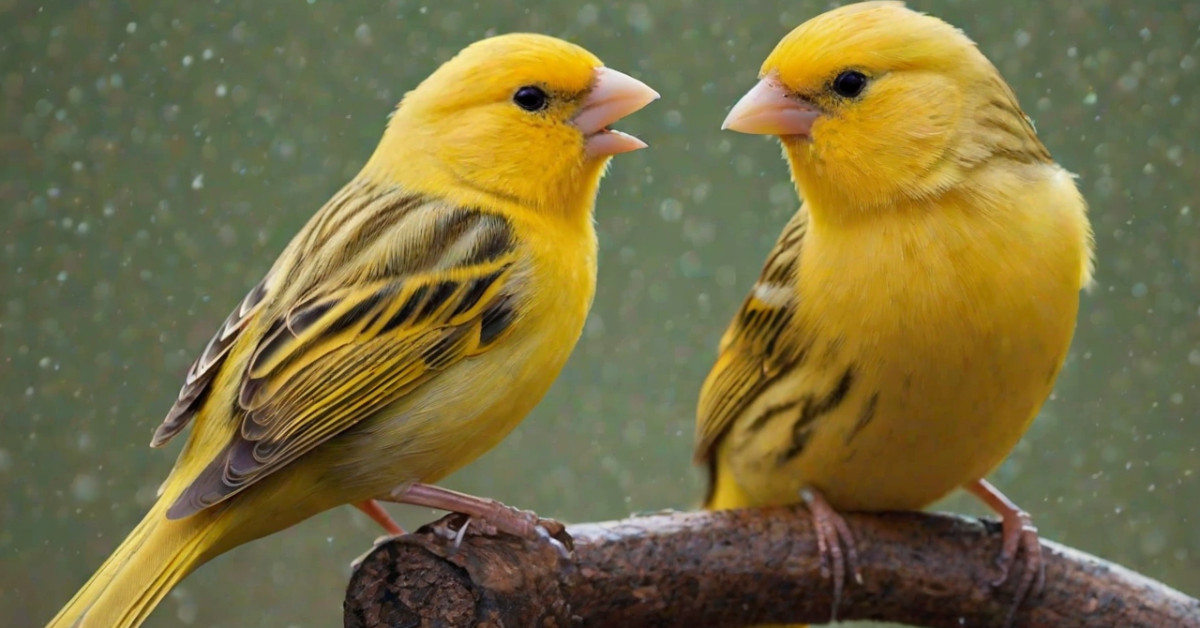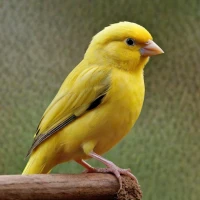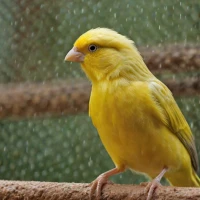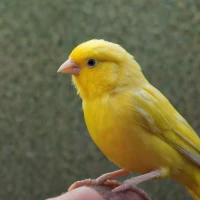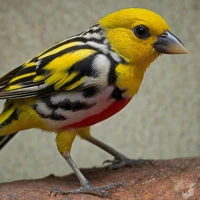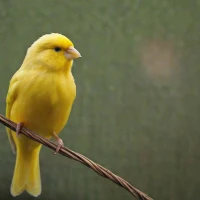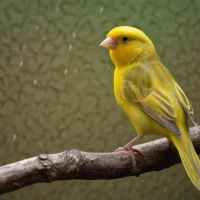The Singing Stars: Discovering the Best Song Canary Breeds
There’s something immensely satisfying about waking up to the melodious serenade of a canary. 🌞 I remember my first experience with these charming birds; it was at my grandfather’s house. He had this bright yellow canary named Sunny who would sing his heart out every morning. It wasn’t just about the sound; it was an experience that enveloped the whole room in warmth and joy. Sound familiar? Well, you’re not alone. Many folks have fallen in love with the rich and varied songs of these delightful birds. Let’s dive into the world of canaries and find out which breeds are the true singing stars.
Understanding the Magic of Canary Song
Before we delve into the breeds, it’s essential to understand why canaries sing. Male canaries sing to mark their territory and attract mates. Often their songs are intricate and captivating, making them the heartthrobs of the avian world. Did you know that when canaries are exposed to music or other birds’ songs, they can learn and mimic new tunes? Amazing, right?
The Timbrado: Loud and Proud 🎶
Let’s kick things off with the Timbrado Canary. Originating from Spain, this breed is known for its clear, metallic sounds. The first time I heard a Timbrado, I was absolutely blown away. The song is sharp and piercing but in the most delightful way. They have a bold character and are not shy about showing off their vocal chops. The Timbrado’s song is like a symphony, with different notes blending seamlessly.
The Hartz Roller: Master of Melody
Next up, we’ve got the Hartz Roller. This breed comes from Germany and is famous for its soft, rolling notes. Unlike the Timbrado, the Hartz Roller’s song is subtle and soothing, almost like a lullaby gently rocking you to sleep. 🌜 These canaries sing with their beaks closed, which makes their song sound softer and more controlled. Imagine the sound of a gentle stream flowing through a forest—that’s the Hartz Roller for you.
The Waterslager: The Naturalist
If you’ve ever heard the sound of water trickling down a mountain stream, then you’ve got an idea of what a Waterslager Canary sounds like. Originally from Belgium, this breed imitates natural water sounds, creating a peaceful and calming ambiance. Their unique song sets them apart, and it’s like having a tiny piece of nature right in your living room.
British International: The Versatile Virtuoso
The British International Canaries are the jack-of-all-trades when it comes to singing. These birds are versatile and can adopt various song patterns. They can adapt their tunes based on what they hear around them, making them highly interactive. 🐦 One of my favorite memories is training a British International to mimic the theme tune of my favorite TV show. It was a laugh among friends when they came over and realized it!
The American Singer Canary: A Blend of the Best
The American Singer Canary is a hybrid breed that combines the best features of the German Roller and the Border Canary. These birds are incredibly talented and possess a rich repertoire of songs. They can sing with open beaks, resulting in a loud and clear voice. They’re a popular choice among enthusiasts who appreciate a dynamic and engaging songster. Their song is one that can fill a room and create a lively atmosphere.
Factors That Affect a Canary’s Song
Now, let’s not forget, a canary’s song can be influenced by several factors. I once had a canary that was not singing as much, and it turned out his cage was too small. Canaries need ample space to move around, and a cramped environment can affect their well-being and vocal abilities. Another thing to consider is diet. A well-balanced diet full of seeds, fresh fruits, and vegetables ensures your canary stays in top singing form.
Moreover, exposure to other canaries or songbirds can either stimulate singing or cause stress. If you’re looking to maximize your canary’s singing, it’s important to create a comfortable and stimulating environment. Music or other birdsongs can encourage your canary to expand his vocal repertoire.
Personal Anecdotes: Real-Life Encounters with Singing Canaries
Oh boy, the stories I could tell you! 🐤 I had this one canary, Pip, who learned to imitate the ringtone of my phone. Every time my phone rang, Pip would start singing, and for a moment, I couldn’t tell the difference. It was both hilarious and annoying at the same time, but it showed me just how adaptable these birds can be.
My friend Emily had another interesting experience with her canary, Bella. Bella would only sing along when Emily played classical music. Emily even tested it by switching genres, and sure enough, Bella preferred the soothing strains of a violin concerto over pop or rock.
Pairing and Training: Maximizing Your Canary’s Singing Potential
Pairing your canary with a mate can also bring out the best in their singing abilities. Male canaries are more likely to sing when they have a female around to impress. However, not every pairing goes smoothly, so it’s important to observe their interactions closely.
Training a canary to sing might seem daunting, but it’s actually a rewarding experience. Start by playing recordings of canary songs or soft music. Gradually, your canary will start to mimic these sounds. Be patient; this process takes time and consistent effort. Reward your bird with treats when it makes progress to reinforce positive behavior.
Expert Tips for Caring 🥰 for Your Song Canary
I’d like to share some expert tips on how to care for your song canary to ensure they stay in prime vocal condition. First and foremost, cleanliness is key. Regularly cleaning the cage and providing fresh water daily can make a huge difference. Also, providing a cuttlebone for calcium is essential for their health.
Lighting also plays a crucial role. Canaries need about 10-12 hours of light each day. Natural light is best, but if that’s not possible, artificial lighting can do the trick. Just avoid placing the cage in direct sunlight, as it can become too hot and uncomfortable for your bird.
Health Concerns: What to Watch Out For
Be wary of potential health issues that could affect your canary’s singing. Respiratory problems are a common concern. If your canary starts to wheeze or has difficulty breathing, it could be indicative of an underlying issue—time for a vet visit.
Molting season can also temporarily affect their singing. Canaries typically molt once a year, which can be a stressful time for them, resulting in reduced vocal activity. Make sure to provide ample nutrition and a stress-free environment during this period.
The Enchanting Effect of Canary Song: A Personal Reflection
Overall, bringing a singing canary into your life is like adding a sprinkle of magic to your everyday routine. Their songs don’t just fill the room; they fill your heart. Taking care of these feathery songsters and watching them thrive is genuinely fulfilling. I’ve learned so much from my experiences with canaries, and I’m always amazed at the joy they can bring.
In closing, thank you for taking the time to explore the world of canary song with me. Their melodious tunes are a gift that can light up your day. If you’re considering adding one of these charming birds to your home, I hope this guide has given you a good starting point. Happy canary keeping! 🌟
Catch you later, feathered friends!
